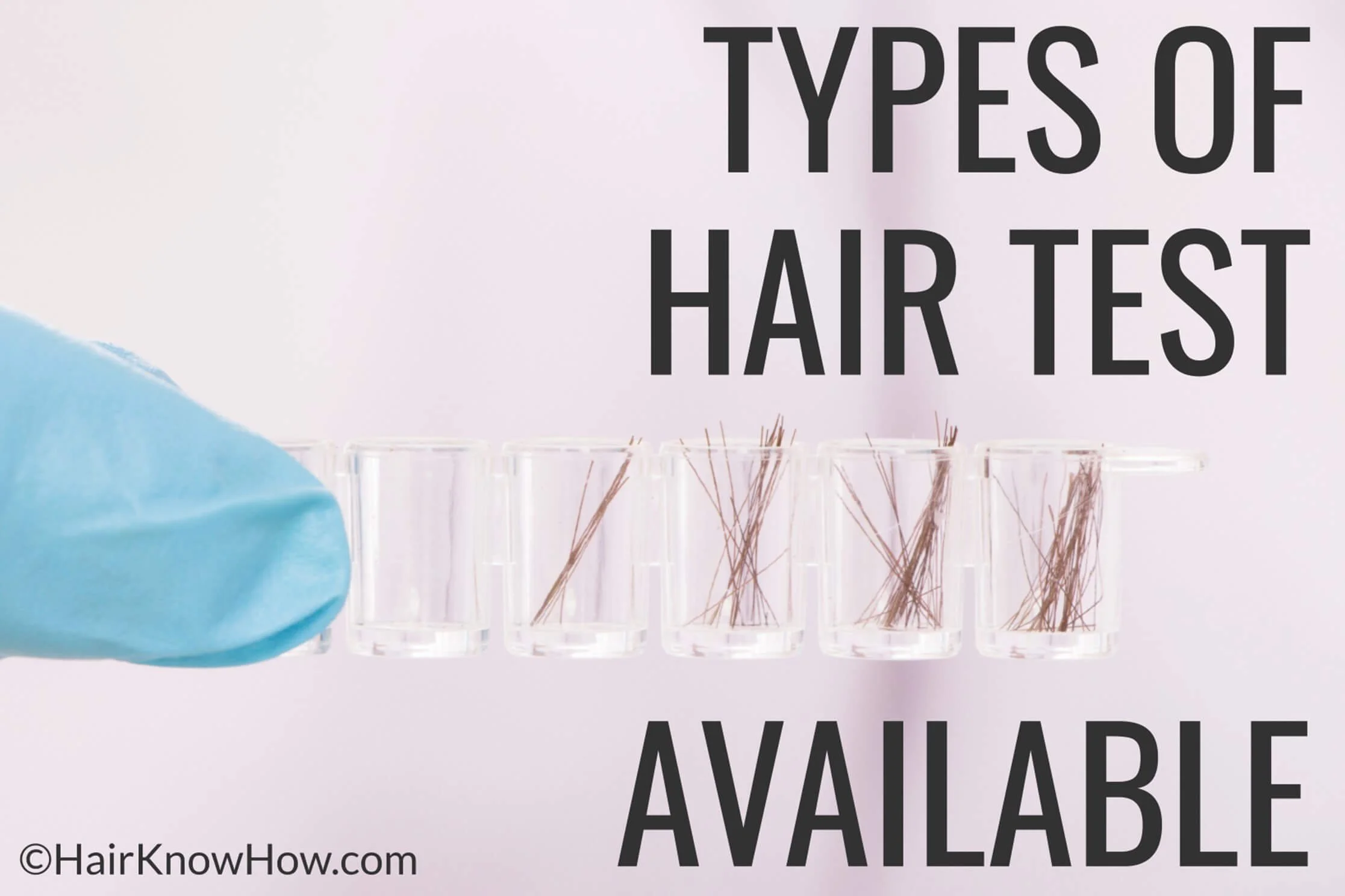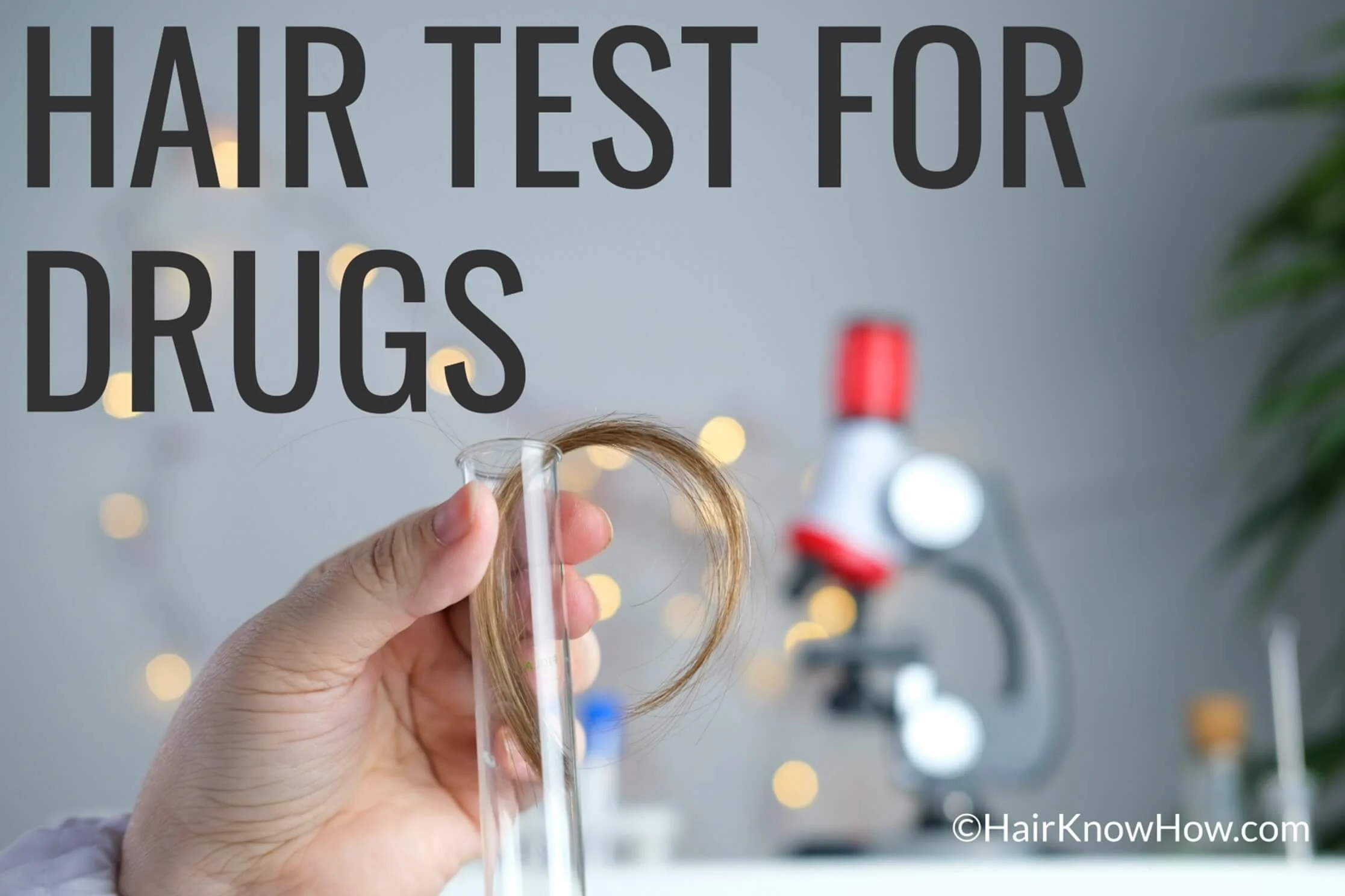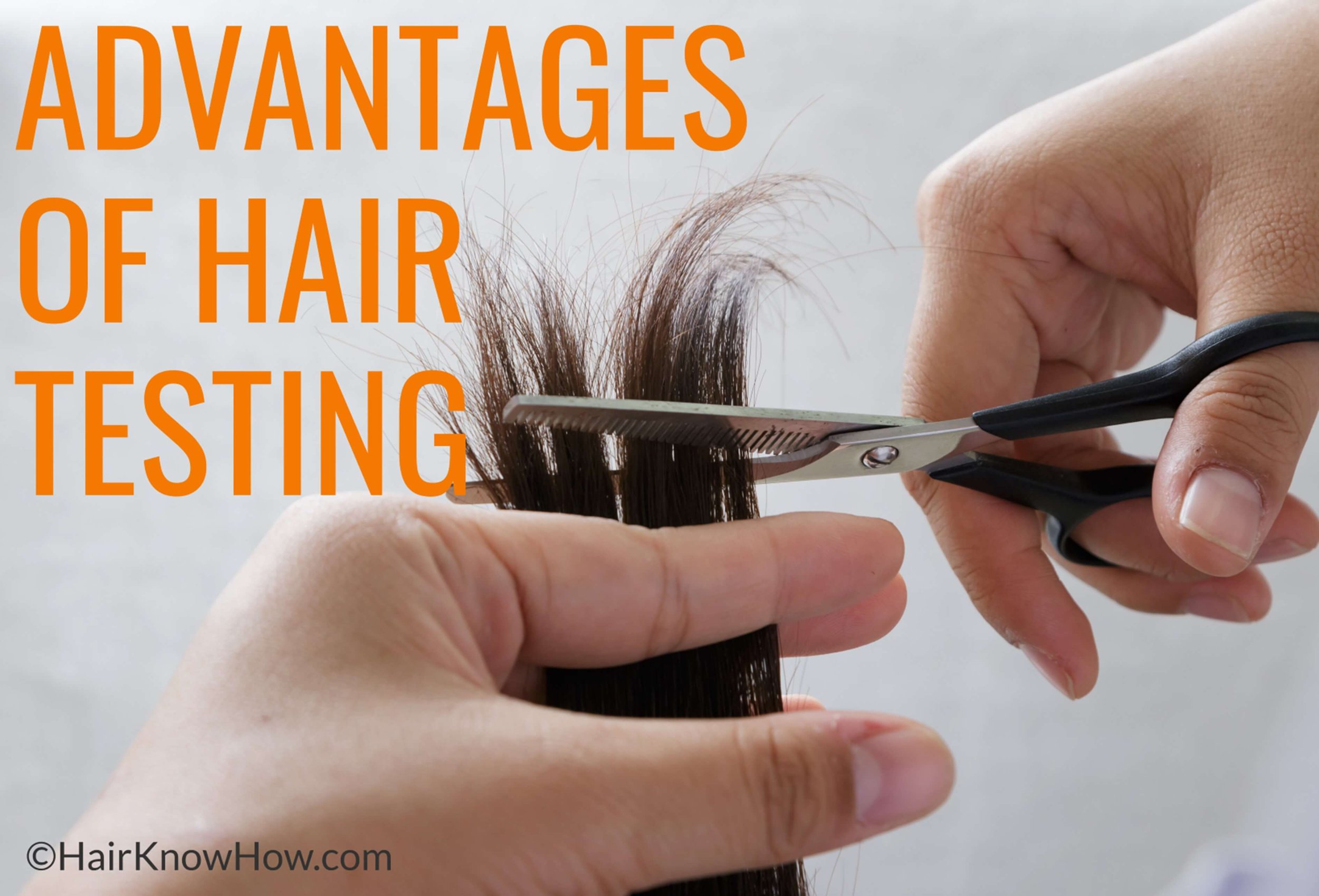Types of Hair Tests Available to the Public
Hair drug testing is a trustworthy and practical approach to determining if someone has taken drugs within the last 90 days. However, not every hair test is the same. Different kinds of hair tests exist that investigate the various chemical or physical properties of hair.
Some hair tests detect either short or long-term drug or alcohol use, while others detect and quantify the presence of certain minerals or heavy metal toxins within the hair. These types of hair tests are commonly used in many sectors, including sports and within companies concerned about their employee’s drug use. Hair drug tests are also used by law enforcement to check where they believe drugs or alcohol may have been used in a crime.
How hair testing works varies, but the big differences are usually more apparent in the hair testing lab and not for the client, who ultimately is just supplying a hair sample. The same privacy concerns and need for confidentiality always apply.
HairKnowHow has recently developed another new type of hair test for use by the public - the hair health test. This Complete Hair Health Test is used to help clients achieve their hair health and styling goals.
In this article available, we will cover the types of hair tests that exist, what they detect and how they are used.
The Standard Hair Test: Detecting Marijuana, Cocaine, Opiates, and Methanmephetamines
Standard hair drug tests are the first kind of hair test used to check for the presence of drugs like marijuana, cocaine, opiates, and methamphetamines. A tiny sample of hair, typically 1.5 inches or 90 days' worth of growth, is removed from the test subject's head for this type of examination. The presence of drugs is then determined by laboratory analysis of the sample.
The Hair Follicle Test: Detecting Infrequent or Lower Dosage Drug Use
The hair follicle test is another form of hair analysis test. Since it is more sensitive, this test is designed to detect drugs that may have been used less frequently or in lesser dosages than the typical hair drug test.
Drugs that may have been used in the previous 90 days can be found using the hair follicle test.
Hair Health and Beauty Tests and Assessments
Hair health and beauty tests assess the health of a client’s hair in great detail and investigate fibre porosity and cuticle health, often including hair typing. These tests are often grouped and reported in one report to the client and include tailored product and grooming advice and care plans based on their report findings to help clients achieve their desired beauty outcomes.
The Hair Strand Test: Identifying Recent Drug use
Another technique for checking for drugs in hair is a hair strand test. Instead of a whole hair sample, this test takes a short strand of hair, often from the scalp. Drugs that have been used during the last week can be found using this test.
Hair Mineral Test: Evaluating Overall Health
A specific hair test called a hair mineral analysis is used to determine if there are any minerals or other substances in a person's hair. This test is frequently used to evaluate a person's general health since it can identify imbalances or deficiencies in vital minerals like iron, zinc, and copper.
Testing for Toxins in Hair: Identifying Pollutants and Heavy Metals
There is also a way to test for toxins in hair. This test determines whether a person's hair contains pollutants, including heavy metals and pesticides. This test can assist in identifying the exact toxins present in a person's system and is frequently used in situations where exposure to toxins is suspected.
Additional Hair testing Procedures: Nicotine and Alcohol
Drug testing of the hair is not the sole method for determining whether a person has taken drugs. There are additional hair testing procedures for drugs like nicotine and alcohol. These tests can establish the frequency and length of use by identifying the presence of these compounds in a person's hair.
Understanding the Different Types of Hair Tests Available
There are many different kinds of hair tests available, and each has a particular function.
To detect the presence of drugs, minerals, toxins, and other chemicals in a person's system, standard hair drug tests, hair follicle tests, hair strand tests, hair mineral analyses, hair testing methods for toxins, and hair testing methods for substances like alcohol and nicotine are all available.
It is important to understand the kind of test you want for the particular drug you wish to test for.
Speaking with a medical expert to identify the best test for you before doing any hair testing is crucial.
The Advantages of Hair Testing: Accurate and Dependable Results
It's also crucial to remember that hair testing is a very accurate and dependable way to determine if someone has drugs or other chemicals within their body. This is because it is possible to identify drug usage even months after the last use. After all, drugs and other compounds can get stuck in the hair shaft and stay there for a long time (up to a year in some cases).
The fact that it is challenging to falsify or manipulate the results of a hair test is another benefit. Unlike urine or saliva tests, hair samples cannot be easily tampered with or replaced. Because of this, hair testing for drugs is a valuable tool in the workplace, particularly for businesses with a zero-tolerance drug policy.
The Disadvantages of Hair Testing: Pitfalls and Complications with Results
Hair testing does have certain restrictions, though. One drawback is that hair tests cannot detect recent drug usage. Depending on the type of hair test, it may not be able to detect current drug usage because it can take up to five to seven days for drugs to appear in hair samples.
Hair tests cannot detect all drugs; for instance, LSD, mushrooms, and PCP cannot currently be detected by hair testing.
Be aware that certain haircare treatments, including hair colour and chemical straightening, but also hair texture and growth rate, can affect the outcomes of hair testing.
For instance, people with darker hair may have higher amounts of drug metabolites than those with lighter hair, and people who grow their hair more quickly may have higher levels of drug metabolites than people who grow it more slowly. This is merely due to differences in how, where and how easily certain chemstries (drugs and other substances) are incorporated into hair by the body by different people.
In conclusion, hair testing is a trustworthy and effective approach to determining if a person has drugs or other chemicals in their system. For certain substances, many types of hair tests are available. These tests are helpful in various settings, including the workplace, law enforcement, the family, and individual use. For the most reliable findings, it is important to be aware of the restrictions and potential problems with hair testing and to consult a professional before undergoing any hair tests.
Get Expert Hair Analysis and Help
If you are interested in learning about hair testing or have a hair concern you would like to discuss, then please do get in touch. Contact the HairKnowHow Team if you have any questions.










